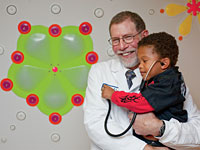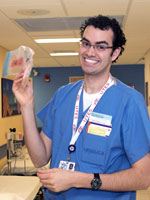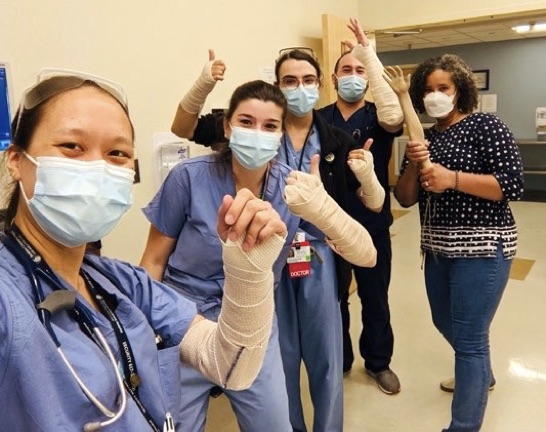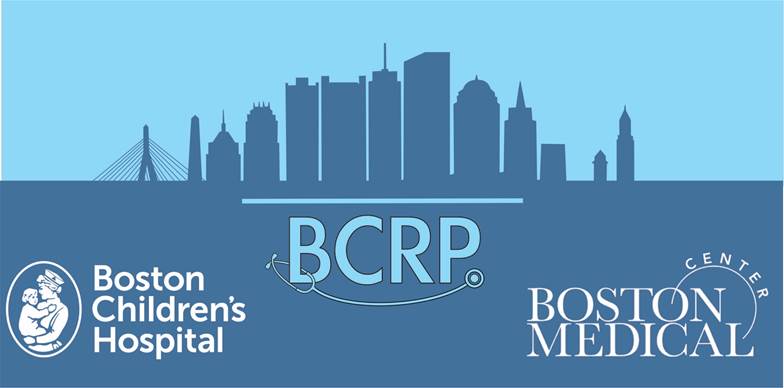Emergency Medicine

In all three years of the training program, residents are exposed to emergency/acute illness experiences at both Boston Medical Center and Boston Children’s Hospital. Both emergency departments are access points for Emergency Medical Services (EMS) transports and ambulance traffic, and receive seriously injured and acutely ill pediatric patients.
Boston Medical Center is a busy Level 1 Trauma Center. The Pediatric Emergency Department (ED) provides 24 hour attending coverage by pediatric emergency-trained physicians, emergency medicine physicians, and 3rd year pediatric emergency medicine fellows. The BMC Pediatric ED treats approximately 30,000 patients a year, ranging in age from newborn to 24 years old. It receives more patients via EMS than any other pediatric facility in Boston. It has 14 fully equipped rooms and a trauma/resuscitation suite.

The Emergency Department at Boston Children’s Hospital is also a Level 1 Trauma Center and provides 24 hour attending coverage by pediatric emergency-trained physicians and by 3rd year pediatric emergency medicine fellows. The Children’s ED sees more than 60,000 ill and injured children per year and has one of the premier fellowships in pediatric emergency medicine.
Resident responsibilities in both Emergency Department include:
- Evaluation, management and disposition of patients.
- Consultation and communication with other services and consultants.
- Discussion of cases with primary care and referring physicians.
- Performance of procedures (e.g., venipuncture, arterial puncture, spinal tap, laceration repair, abscess incision and drainage, foreign body removal, splinting, bag-mask ventilation).
Regular educational conferences occur at both Boston Medical Center and Boston Children’s Hospital, including didactic lectures, mock codes, hands-on practical workshops, and simulations.




